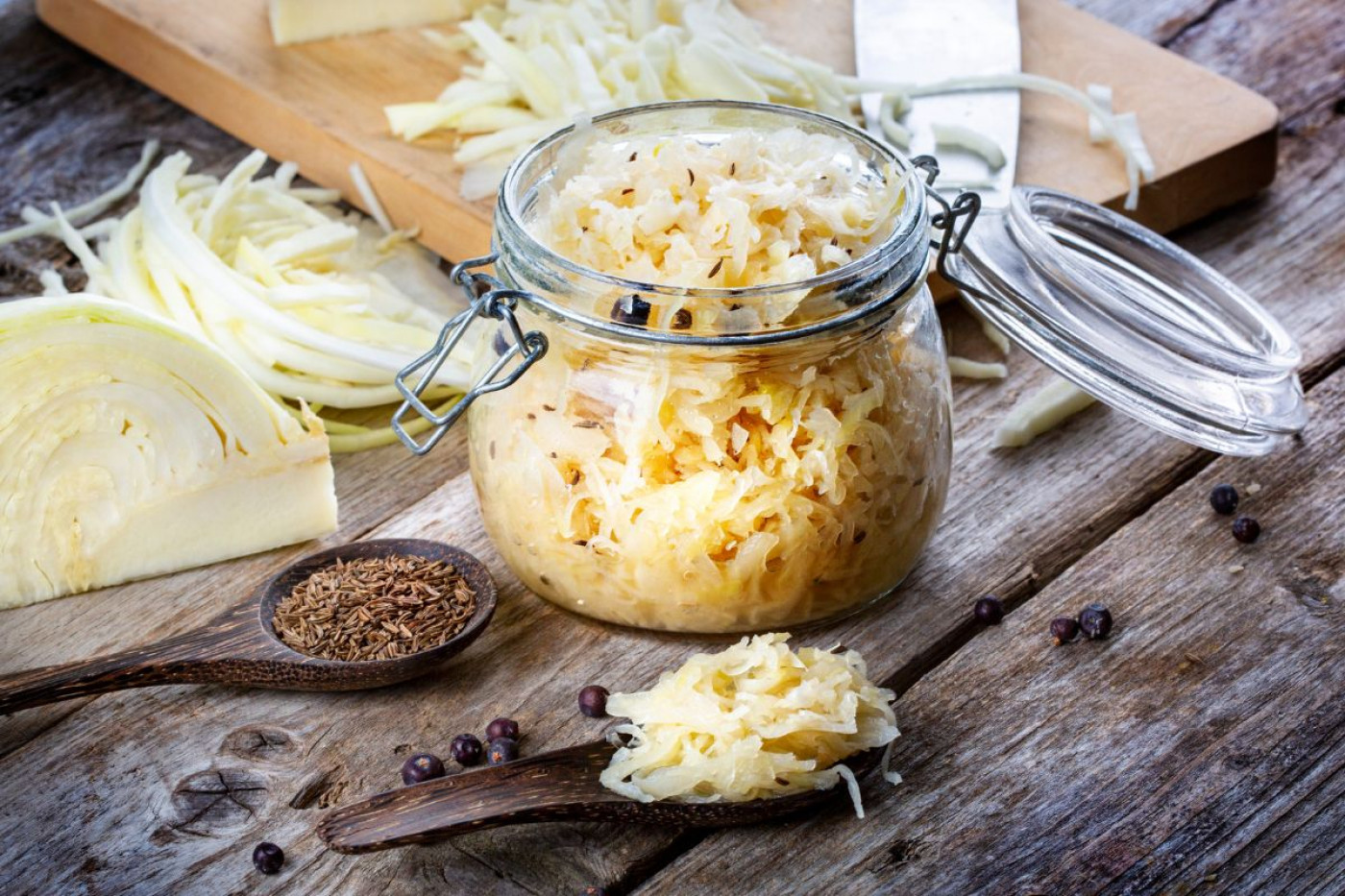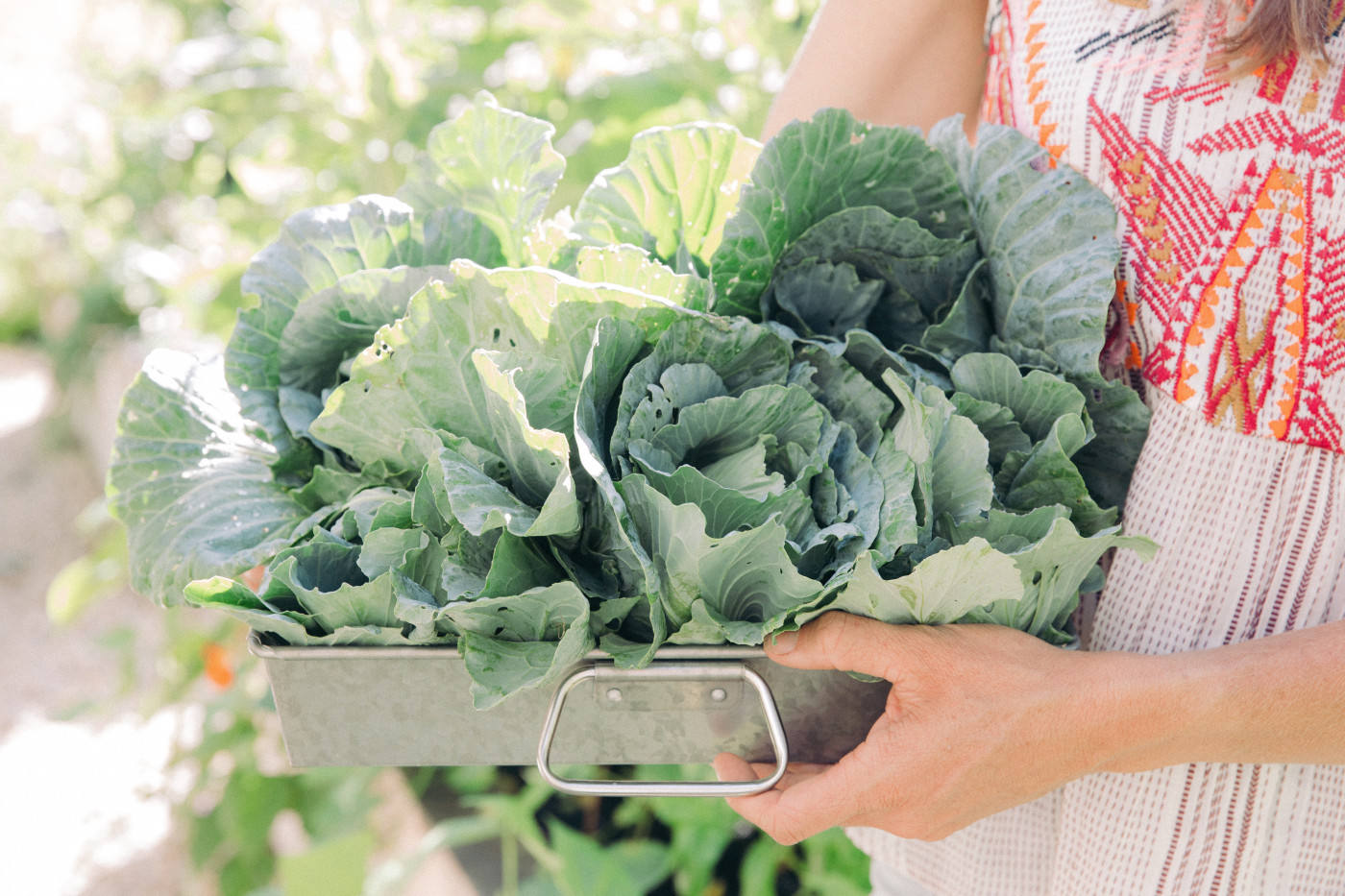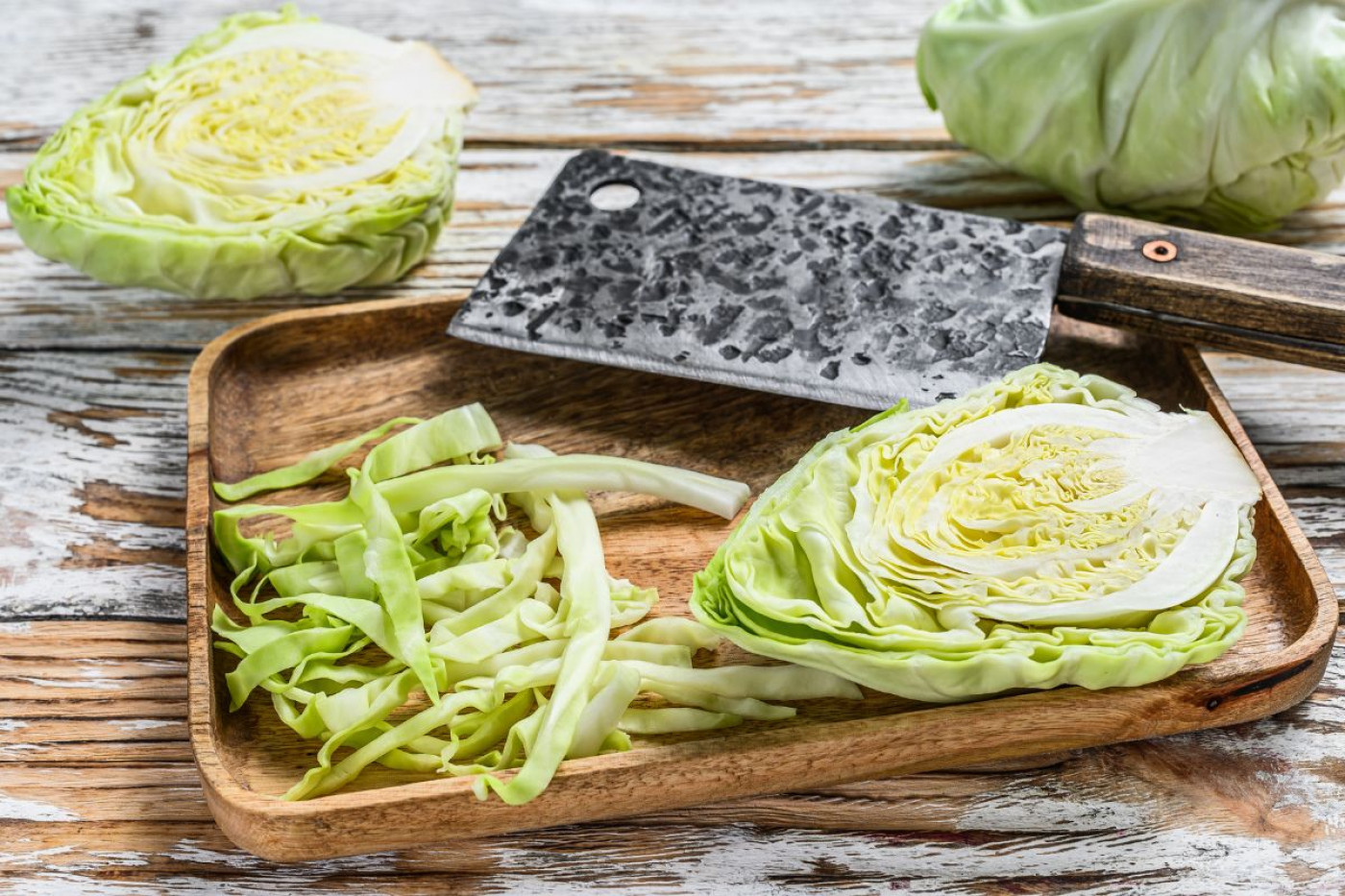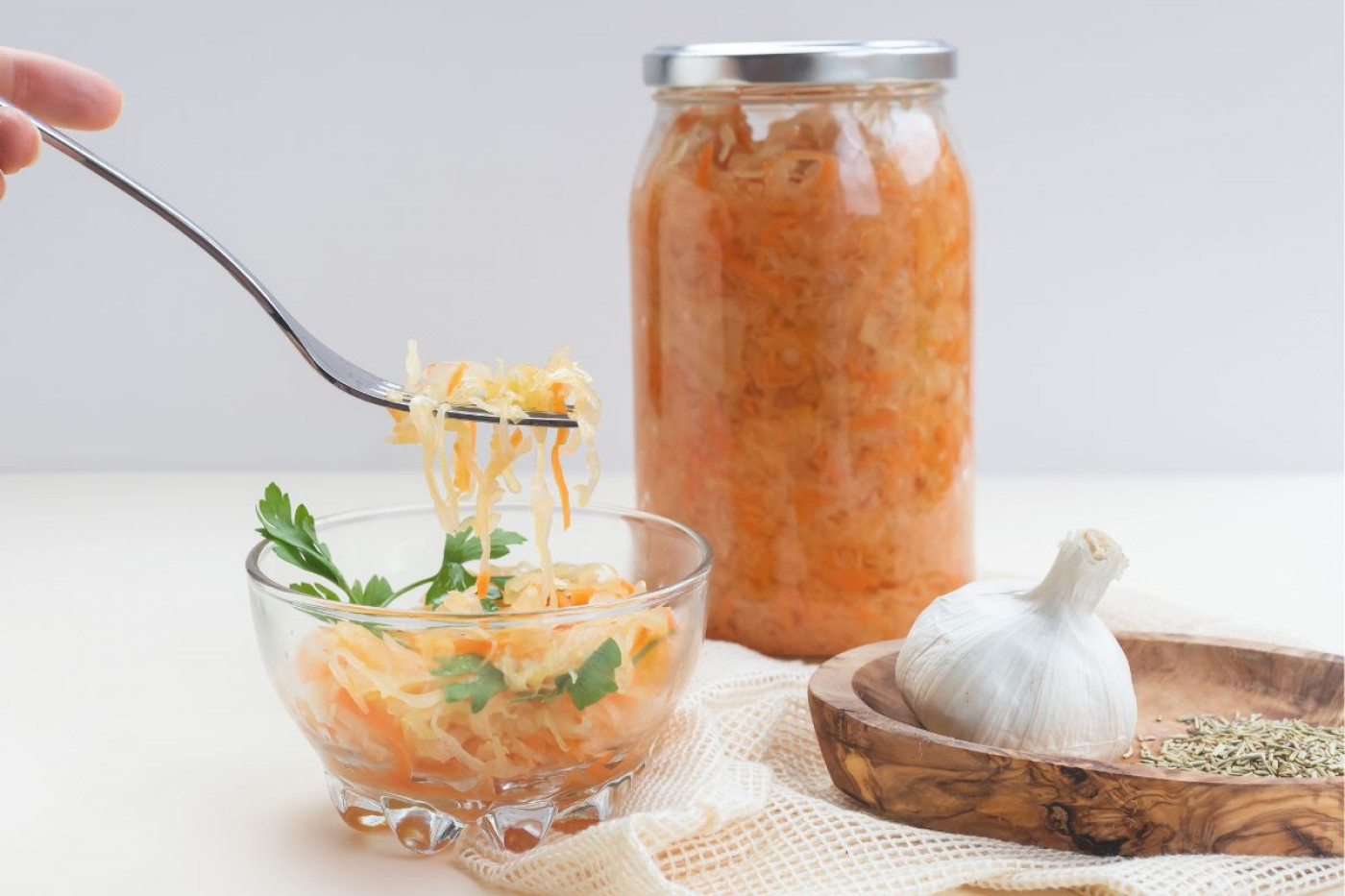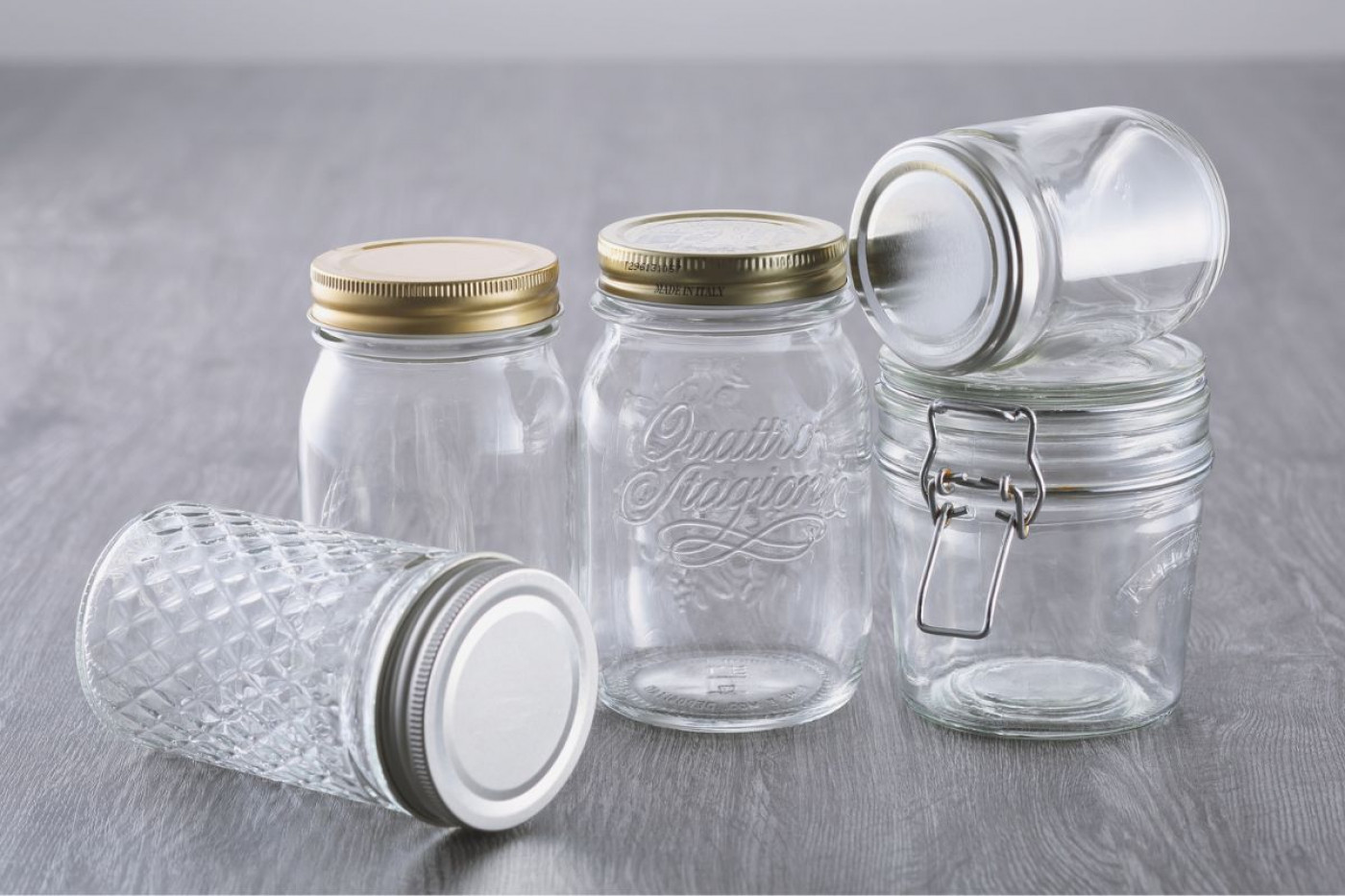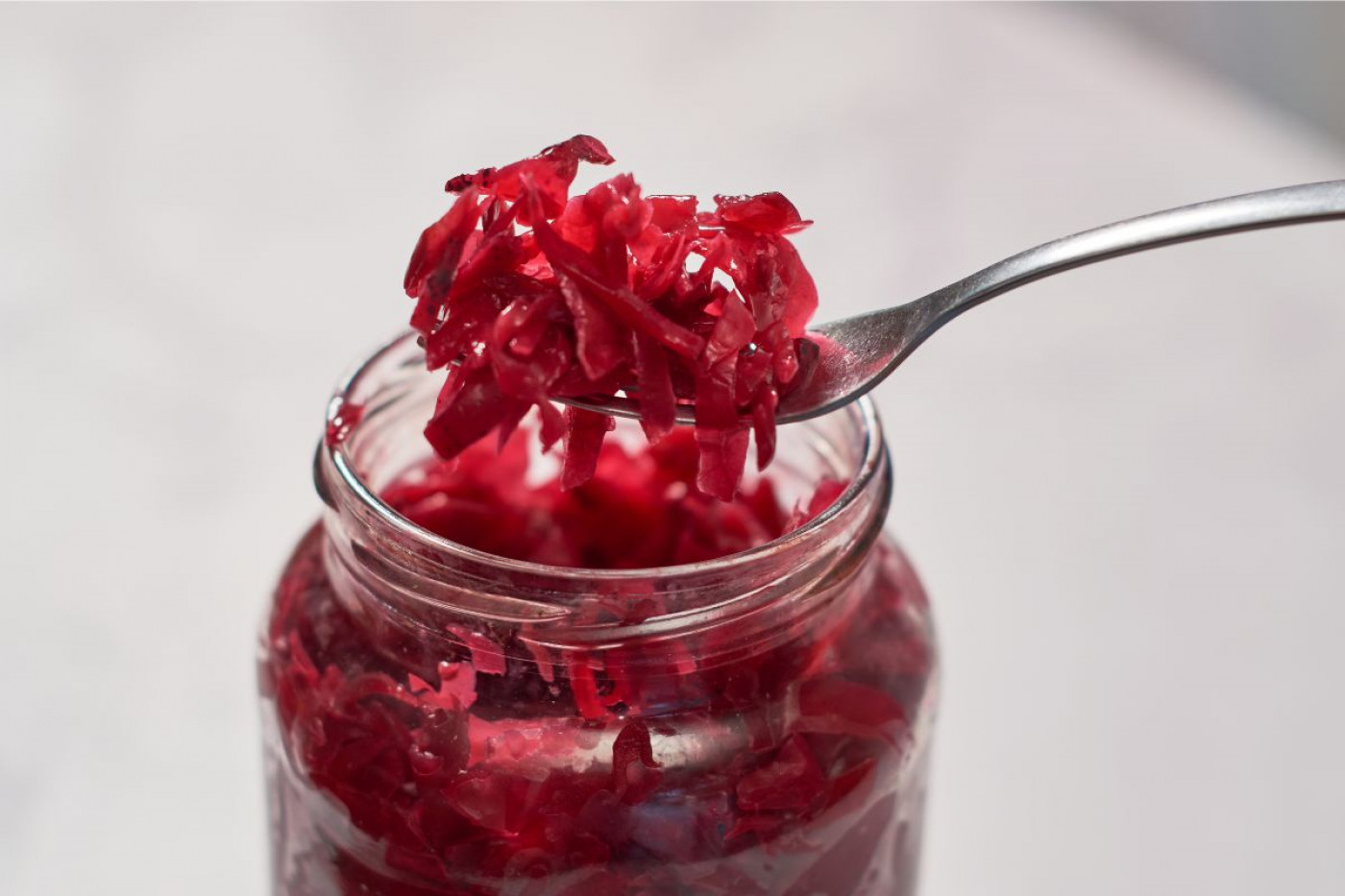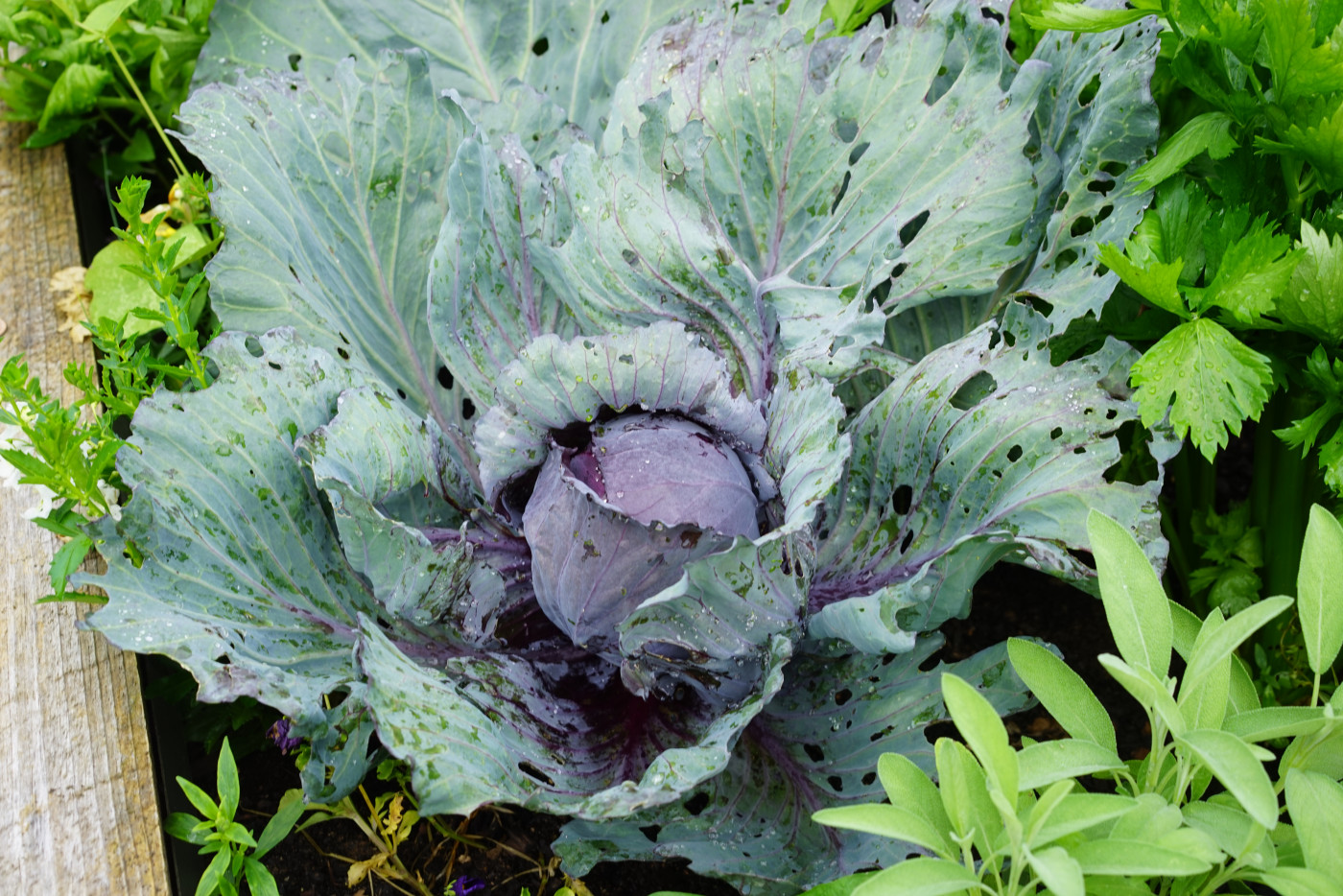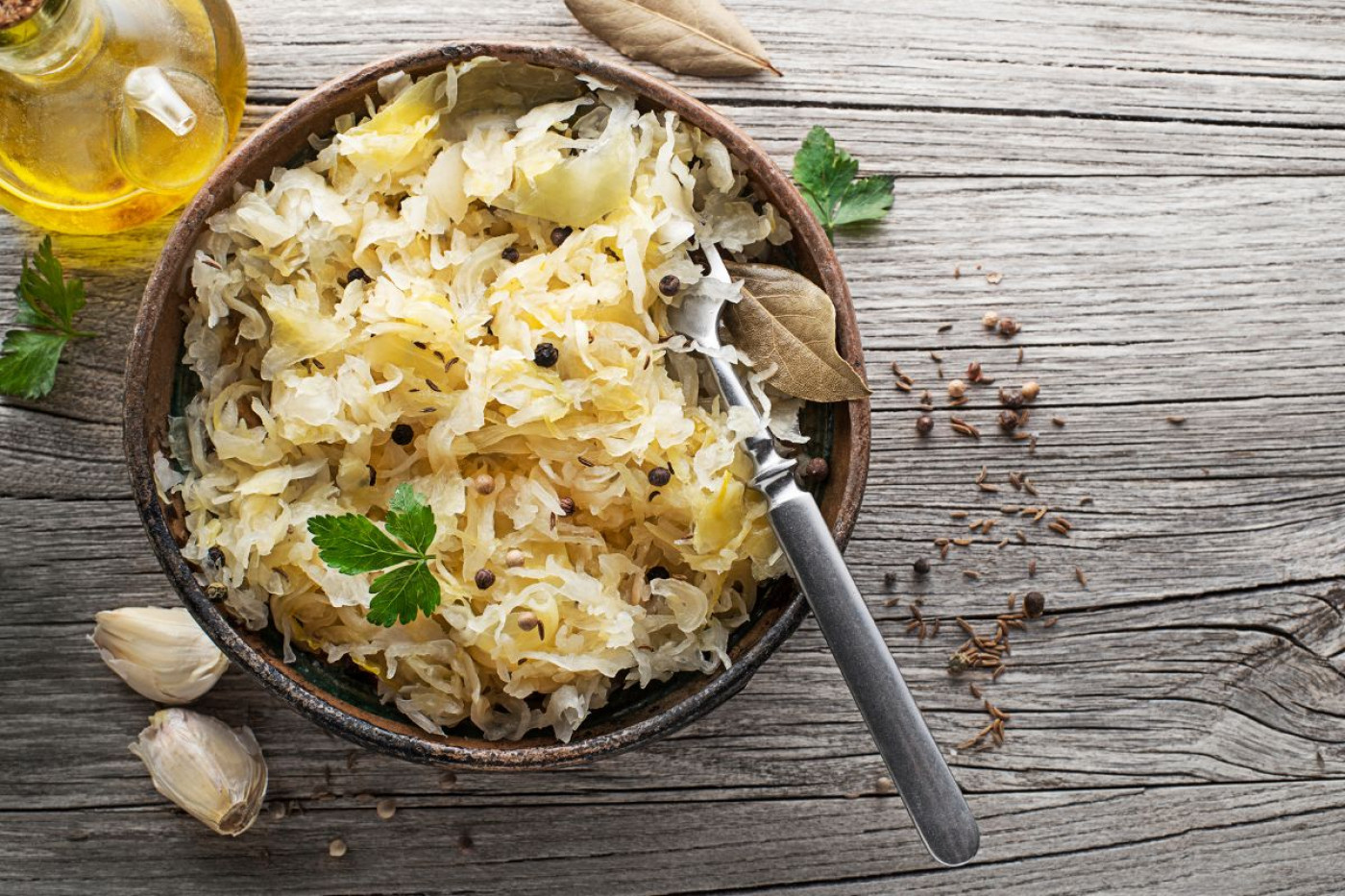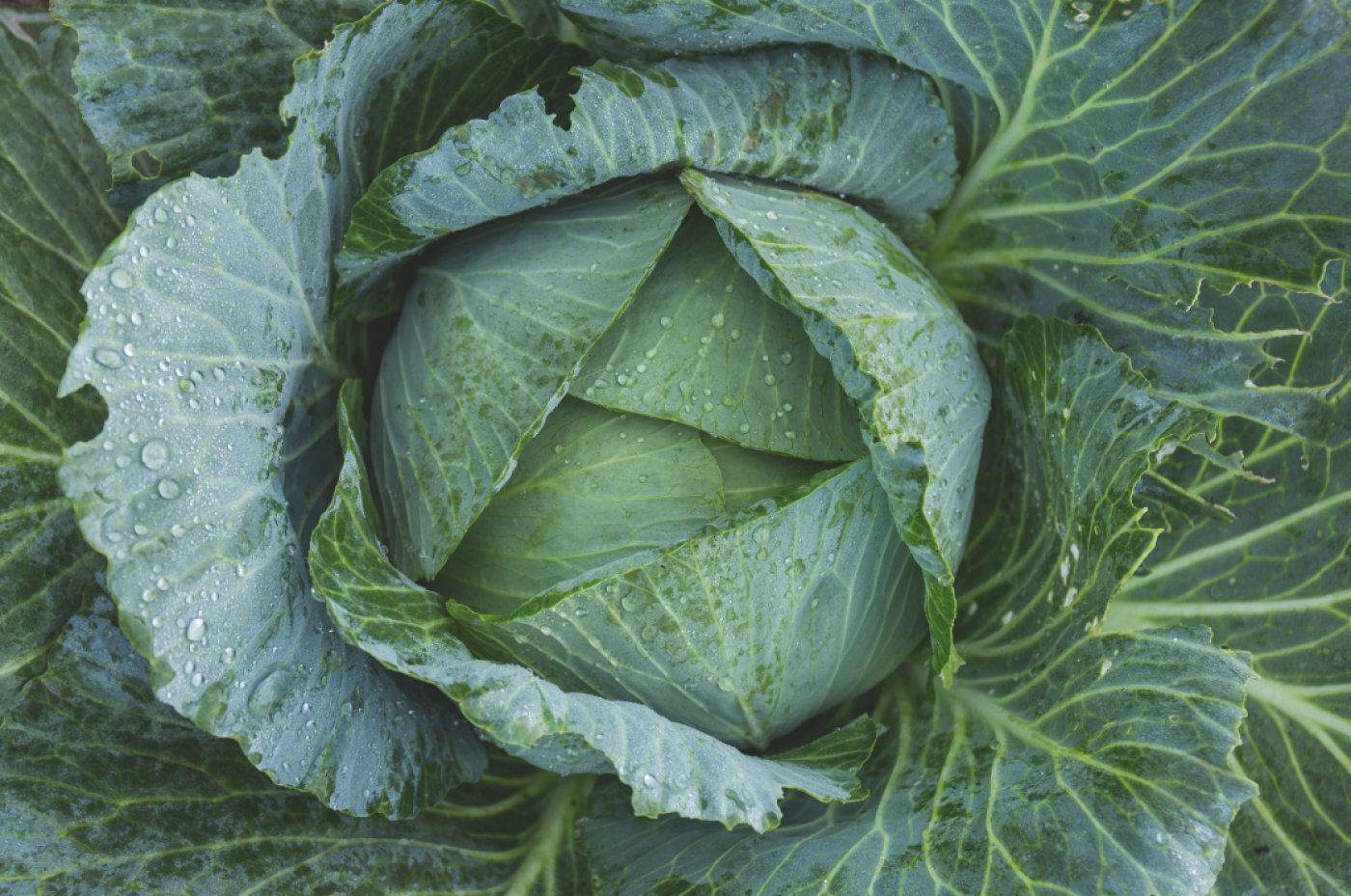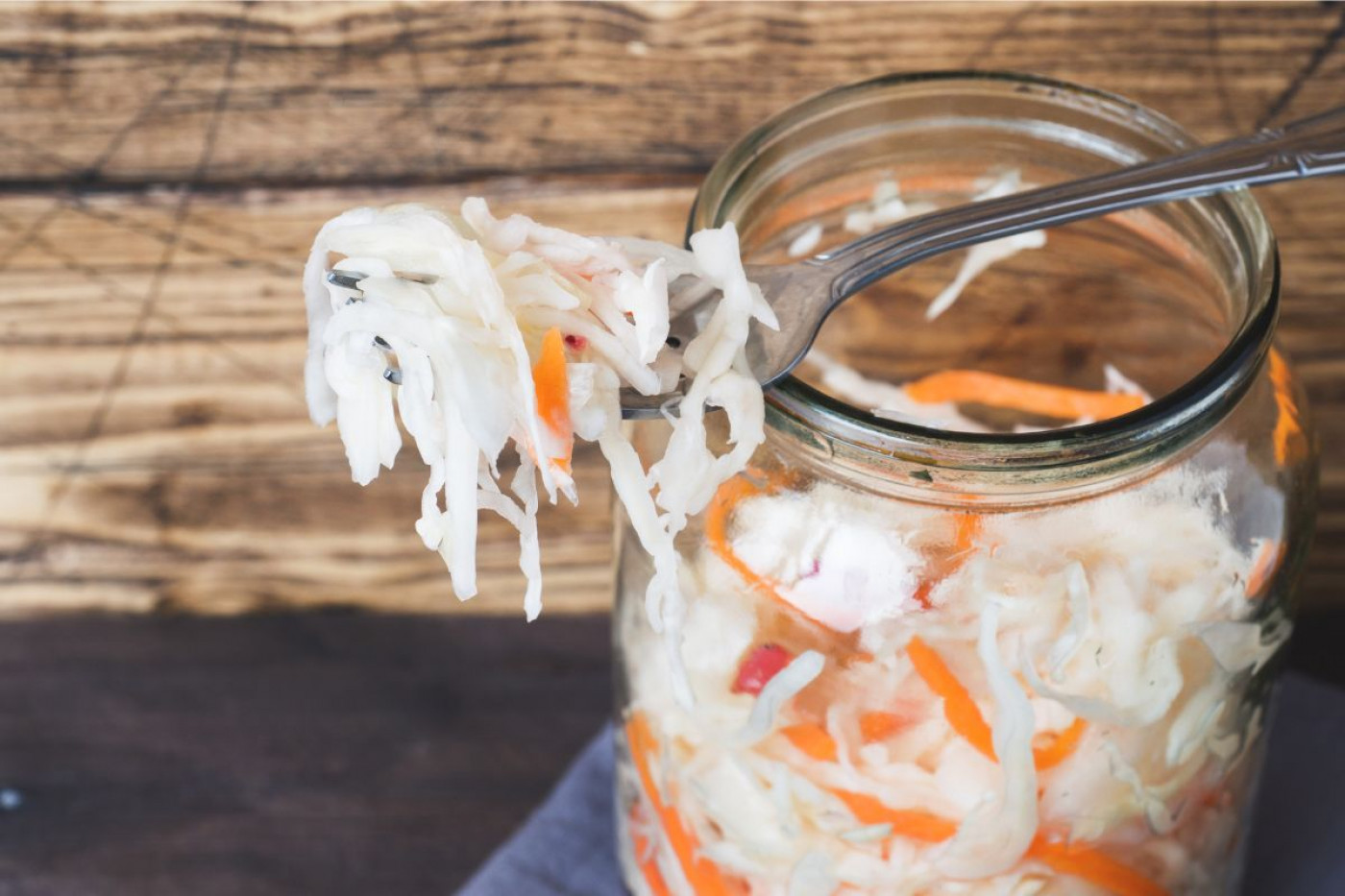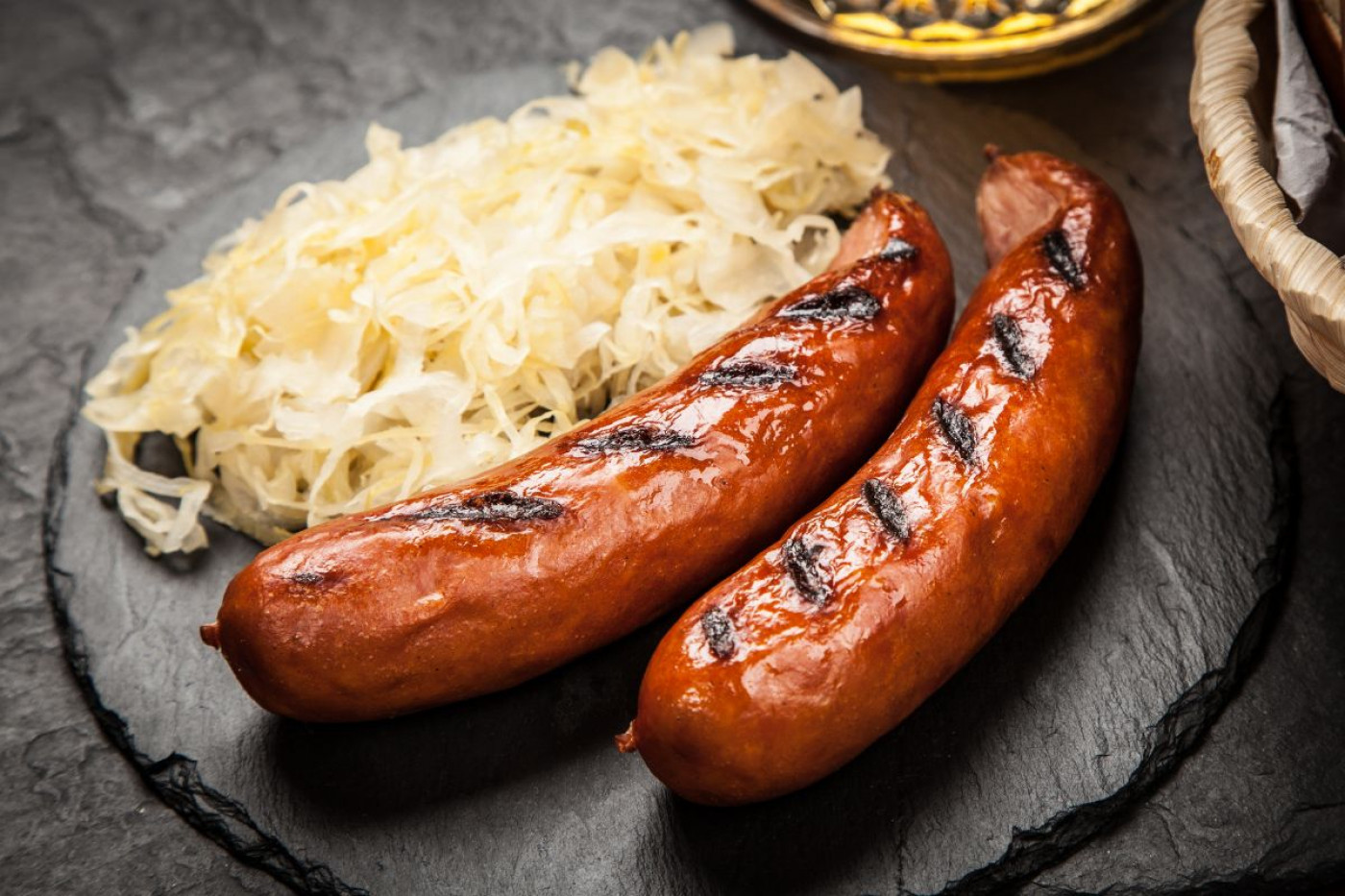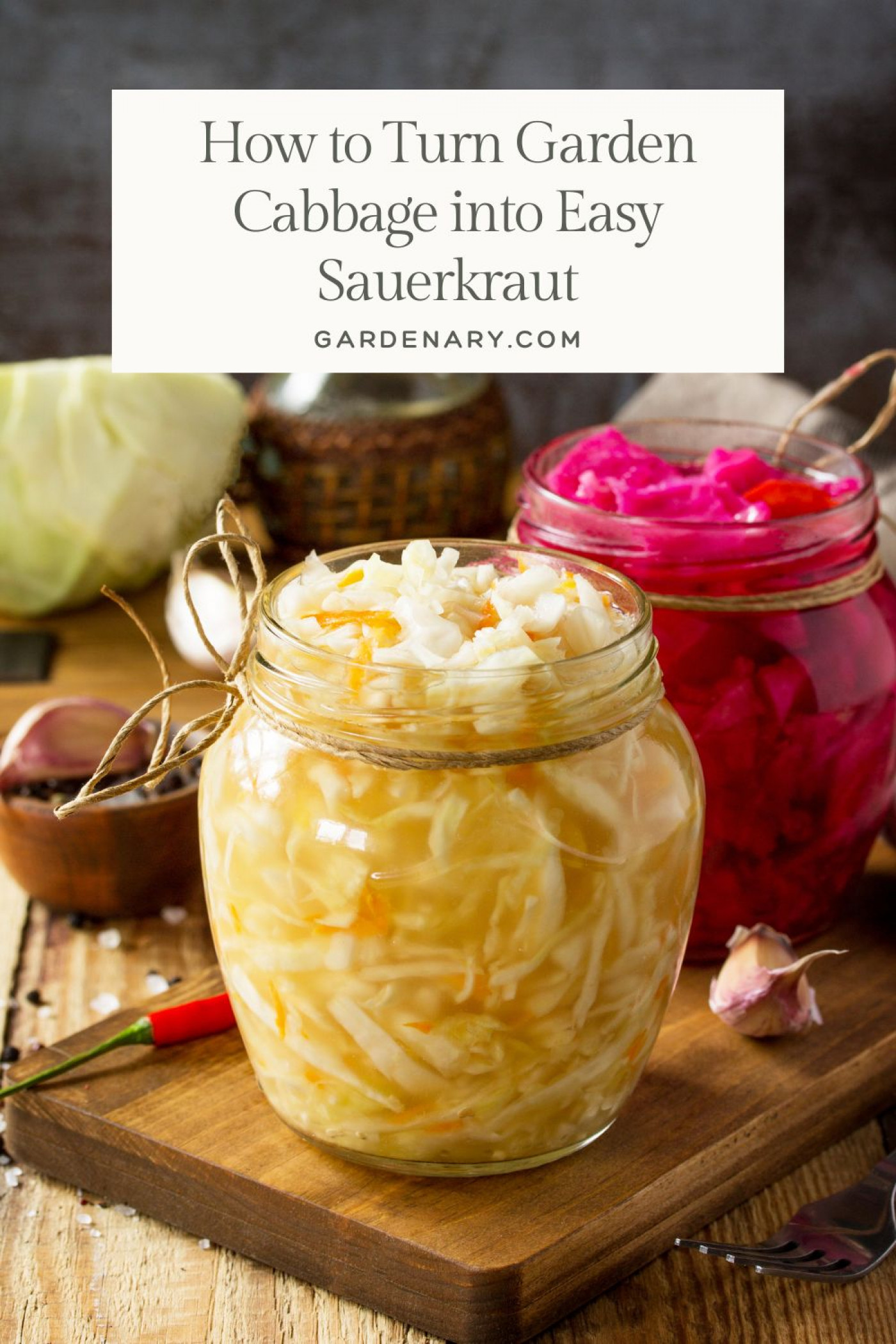At a Glance
- Learn the simple step-by-step process to turn fresh garden cabbage into probiotic-rich sauerkraut using just salt and time.
- Explore fermentation basics, container options, and how time and temperature affect flavor.
- Discover the best cabbage varieties, creative sauerkraut variations, and easy ways to enjoy your homemade kraut in everyday meals.
Beginner-Friendly Sauerkraut: No Experience Needed
If you’ve ever pulled a big, firm cabbage out of your garden and thought, "What in the world am I going to do with all of this?"—I’ve been right there with you. That’s exactly how I stumbled into the beautiful, crunchy, tangy world of sauerkraut.
Homemade sauerkraut is one of the simplest and most rewarding fermentation projects you can make with your garden harvest. It takes only two ingredients: cabbage and salt. You don’t need fancy equipment, expensive starters, or even a strict recipe. What you get in return is delicious food that can last for months, and connects you to a tradition that’s been practiced for thousands of years.
In this post, I’ll walk you through how to turn your garden cabbage into sauerkraut, share the basics of fermentation, talk about containers, timing, flavors, and even throw in some fun variations you might not have thought of. By the end, you’ll see just how easy it is to transform your cabbage patch into jars of tangy goodness.
A Short History of Sauerkraut
Sauerkraut feels like such a German thing, and you might assume it started there, but the truth is, fermented cabbage has a much older story. Historians trace it back over 2,000 years to ancient China, where workers on the Great Wall ate cabbage preserved in rice wine.
From there, the tradition spread across cultures and continents. The Germans gave it the name “sauerkraut” (meaning “sour cabbage”), and it became a staple in their cuisine. Sailors once carried barrels of it on long voyages to prevent scurvy. Today, it’s a beloved food around the world, enjoyed for both its flavor and its health benefits.
The Basics of Fermentation
Fermentation might sound complicated, but at its heart, it’s just nature doing what it does best. Cabbage leaves are already covered in natural bacteria called lactic acid bacteria. When you shred the cabbage, add salt, and pack it tightly, you create the perfect environment for those bacteria to thrive.
Fermentation Process:
- The salt draws water out of the cabbage, creating a brine.
- That brine keeps bad bacteria out of the cabbage while the good bacteria (the lactobacillus family) go to work. Think of it like the cabbage is sitting in a protective saltwater bath.
- As the good bacteria eat the natural sugars in the cabbage, they produce lactic acid.
- That acid lowers the pH, preserving the cabbage and giving it that signature tangy flavor.
That’s it—fermentation is basically just controlled souring. No special starters, no magic powders. Just salt, cabbage, and time. Try not to overthink it!
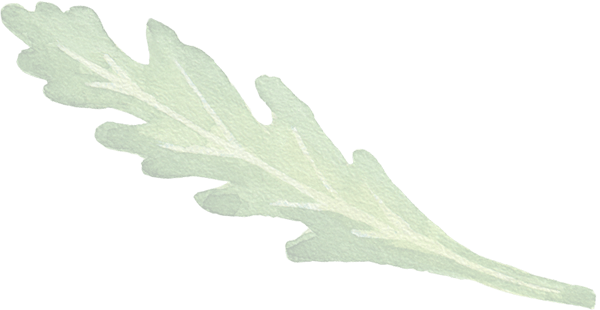

Start Your Garden the Easy Way
Get growing with 10 foolproof seed varieties, a 120-page gardening guide, planting plans, and step-by-step video lessons—all designed to help you succeed. The Easy Garden Kit makes it simple, fun, and affordable to bring fresh food and flowers to your backyard.
Choosing Your Fermentation Container
One of the first questions people ask me is: What should I ferment in?
The truth is, you can use just about any non-reactive container that keeps your cabbage submerged in brine and safe from air exposure. A few common options are:
- Mason jars – These are my personal favorite for beginners. They’re inexpensive, easy to find, and come in a variety of sizes. A wide-mouth quart jar is perfect for your first batch.
- Ceramic crocks – Traditional crocks are beautiful and hold larger amounts, perfect if you’re fermenting a big garden harvest. Just be sure they’re food-safe.
- Glass bowls or jars with weights – If you don’t have a proper fermenting lid, you can use a clean glass jar inside another larger container to keep the cabbage submerged.
⚠️ A quick warning: Some older ceramic containers, including certain types of Fiestaware, can contain lead in their glaze. Never use them for fermentation. Always make sure your crock or container is food-safe and intended for fermenting or food storage.
For ease and simplicity, I always recommend starting with mason jars. You probably already have them in your kitchen, and they let you watch the whole fermentation process. I like to check on it every few days to see how things are changing.
How Time and Temperature Shape the Flavor
One of the magical things about sauerkraut is how time and temperature change its flavor.
- Short fermentation (3–5 days) – The kraut will be crunchy, lightly sour, and still taste strongly like fresh cabbage.
- Medium fermentation (1–2 weeks) – The flavor becomes tangier and more complex, with a nice balance of crunch and sourness. For me, 2 weeks is the sweet spot where I like to start enjoying it.
- Long fermentation (3–6 weeks or more) – The kraut gets softer, deeply sour, and has that classic old-world sauerkraut flavor.
Temperature plays a big role, too. At warmer kitchen temps (70°F to 75°F / 21°C to 24°C), fermentation happens faster. At cooler temps (60°F to 65°F / 15°C to 18°C), it goes slower but often results in a more nuanced flavor.
I always tell people: taste as you go. Pull out a forkful every few days and see how you like it. Once it tastes good to you, move it to the fridge to slow down the process and preserve that flavor.
Which Cabbages Make the Best Sauerkraut?
Not all cabbages are created equal when it comes to sauerkraut. Here are some good choices:
- Green cabbage – The classic choice, with firm heads and lots of water to create brine.
- Red cabbage – Makes a gorgeous magenta kraut with a slightly sweeter flavor.
- Savoy cabbage – Crinkled leaves make shredding a little trickier, but it gives a tender kraut with a delicate flavor.
- Napa cabbage – Traditionally used in kimchi, but works beautifully for kraut, too.
My personal favorite? A big, solid green cabbage from the garden. Nothing fancy here! The leaves are packed tight, and when you slice into it, it just feels like it’s begging to be turned into kraut.
Step-by-Step: Easy Sauerkraut Recipe
Supplies
- Cutting board and sharp knife (or mandoline slicer for fine shreds)
- Large mixing bowl
- Mason jar, or ceramic crock (food-safe only)
- Fermenting weight, small jar, plate with a weight, or a clean boiled rock
- Clean cloth or fermenting lid
- Wooden spoon or clean hands for packing cabbage
Ingredients
- 1 medium head of cabbage (about 1 ¾ pounds / 800 grams)
- 1 tablespoon sea salt (non-iodized, without additives)
Process:
- Harvest and prep your cabbage – Remove any tough outer leaves, then slice the cabbage into thin shreds.
- Salt it – Sprinkle with about 1 tablespoon of sea salt per 1 ¾ pounds (800 grams) of cabbage. Massage with your hands until the cabbage softens and releases water.
- Pack it – Tightly pack the cabbage into your jar or crock, pressing down so the brine rises to cover it.
- Weigh it down – Use a fermenting weight, a smaller jar, a plate with a weight on top, or even a clean boiled rock (yes, I’ve done it!) to keep the cabbage submerged.
- Cover it – Use a lid or cloth to keep dust out, but allow gases to escape.
- Ferment – Leave it at room temperature, out of direct sunlight. Check daily to make sure it stays submerged.
- Taste and decide – After 3 days, start tasting. When the flavor is right for you, transfer it to the fridge.
That’s it. Truly simple.
Fun Variations Beyond Cabbage
Once you get comfortable, you don’t have to stop at plain cabbage. Fermentation is an opportunity for creativity.
For new flavors, try adding:
- Carrots – Add sweetness and crunch.
- Beets – Give earthy flavor and a vibrant ruby color.
- Garlic or onions – Deepen the flavor and add a savory punch.
- Apples – For a subtle sweetness that balances the tang.
- Ginger – Adds a little zing that pairs beautifully with carrots.
- Herbs - Dill, bay leaves, etc.
If you understand the basics, you can mix and match anytime. One of my favorite batches included green cabbage, carrots, garlic, and fresh dill.
Relax, Every Batch Is Unique
Here’s one of the biggest lessons I’ve learned: no two batches of sauerkraut are exactly alike. Use recipes as a guideline, but don't stress.
Your cabbage may have a little more water one year, the temperature in your kitchen may be different, or you might have sprinkled in a touch more salt. And that’s okay. Fermentation isn't about perfection. Tasting your creation for the first time is part of the excitement, and discovering its unique flavor is a surprise.
Even if you don’t follow a recipe to the letter, you’ll still end up with something delicious. In fact, those little variations are what make each jar unique. It’s like wine, each vintage has its own character.
So instead of stressing about exact measurements, relax and enjoy the process. If it smells pleasantly sour and tastes good to you, then you did it right.
How to Use Sauerkraut
Now that you've made your kraut, what do you do with it? So many things!
- Side dish – The traditional way: a scoop alongside roasted meats, sausages, or potatoes.
- On a hot dog or bratwurst – A classic that never gets old.
- In sandwiches – Think Reuben, grilled cheese, or even a turkey sandwich with kraut for a tangy twist.
- On tacos – Yes, really. Sauerkraut adds crunch and acidity that pairs perfectly with rich meats. Think of it as a replacement for lettuce.
- In salads or grain bowls – A forkful of kraut mixed into a salad brings brightness and probiotics.
- As a topping for eggs – Sounds odd, but scrambled eggs with a little kraut on top are fantastic.
Don’t be afraid to experiment. There are no rules, and sauerkraut plays well with more dishes than you’d expect.
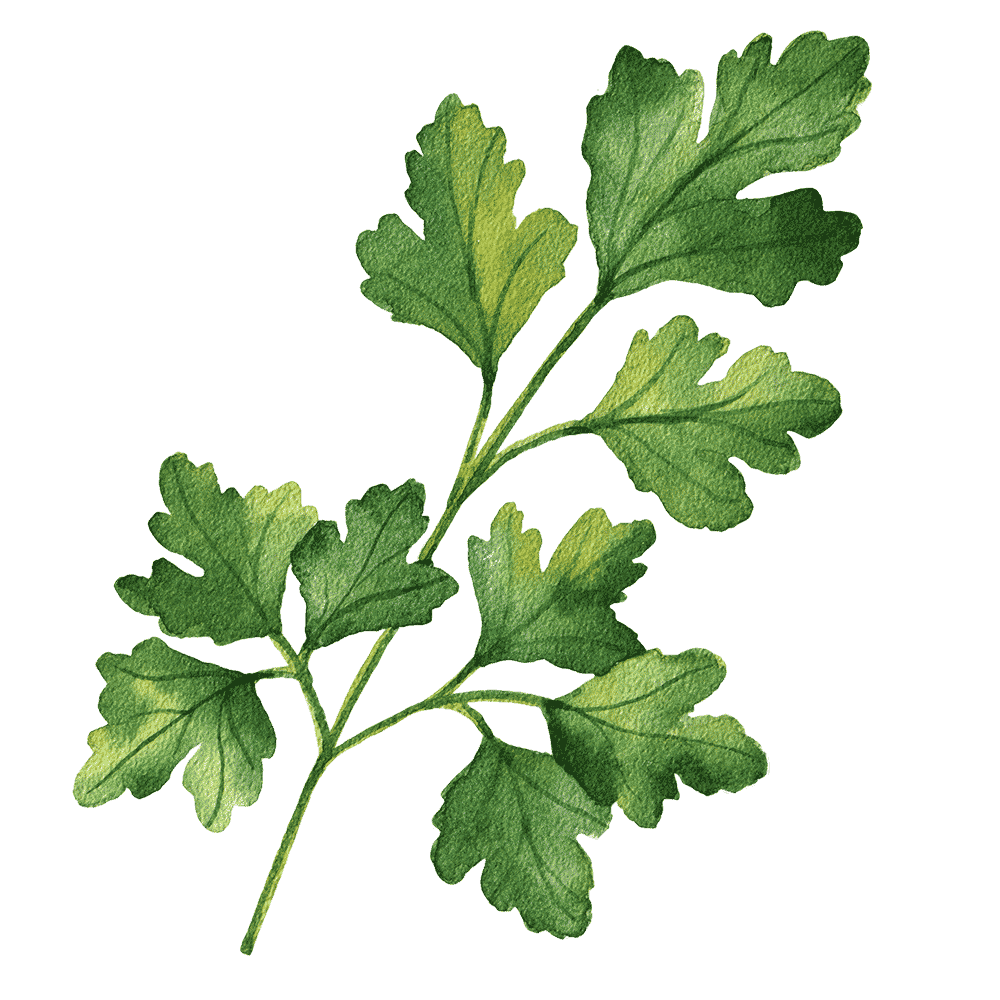
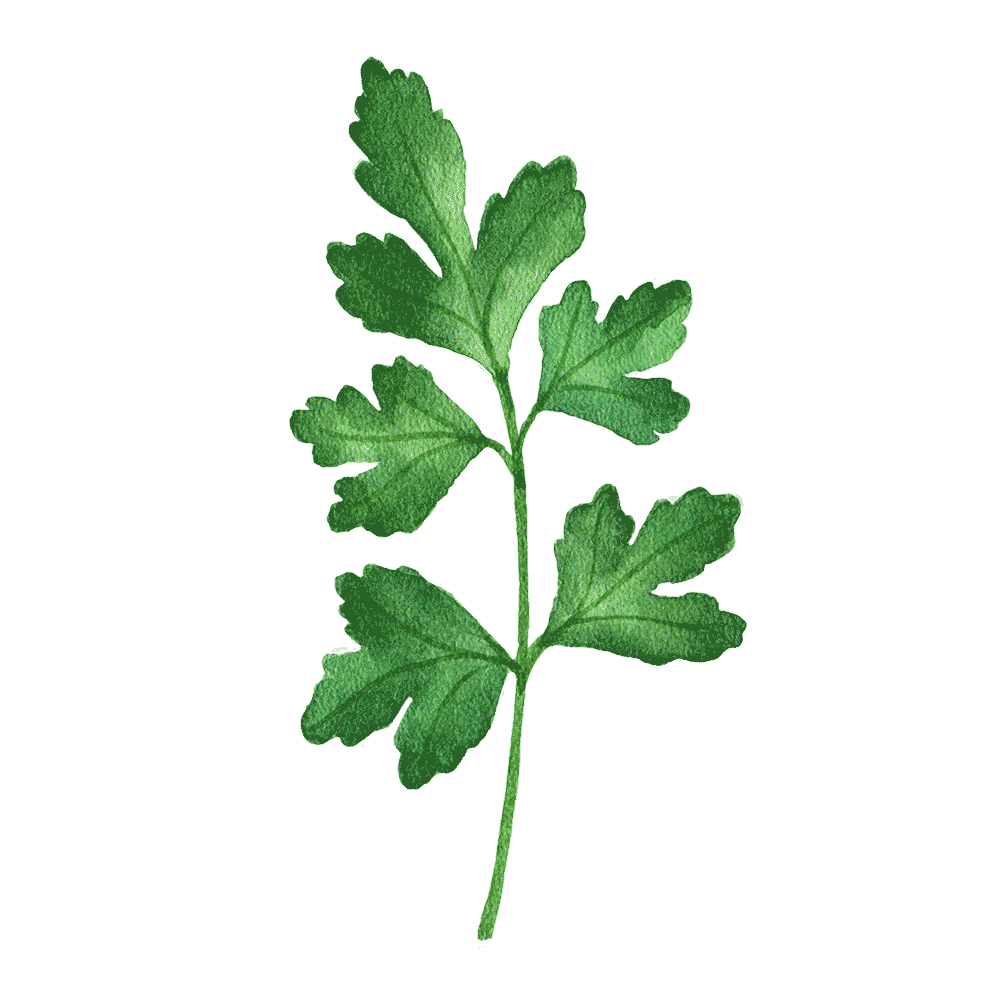
Start your dream garden this fall
Is Sauerkraut Good for You?
Absolutely! Sauerkraut is more than just a tasty way to use up your garden cabbage—it’s a powerhouse of nutrition. Because it’s a fermented food, sauerkraut is loaded with beneficial probiotics that support gut health and digestion. It also retains most of the vitamins and minerals found in fresh cabbage.
Beyond gut health, sauerkraut is naturally low in calories, high in fiber, and filled with immune-boosting compounds.
Sauerkraut Benefits:
- Probiotics
- Vitamin C
- Fiber
- Low calorie
- Immune support
Why I Love Making Sauerkraut
The best part about making sauerkraut is that you don’t need to be an expert. Even your very first batch will be delicious. Every time I open a jar, I feel a little thrill knowing that my garden and my kitchen worked together to make something so alive, healthy, and flavorful.
If you’ve got cabbage growing in your garden, or even if you just grabbed a head at the farmers’ market, give sauerkraut a try. Start with one jar. Keep it simple. Taste as you go.

